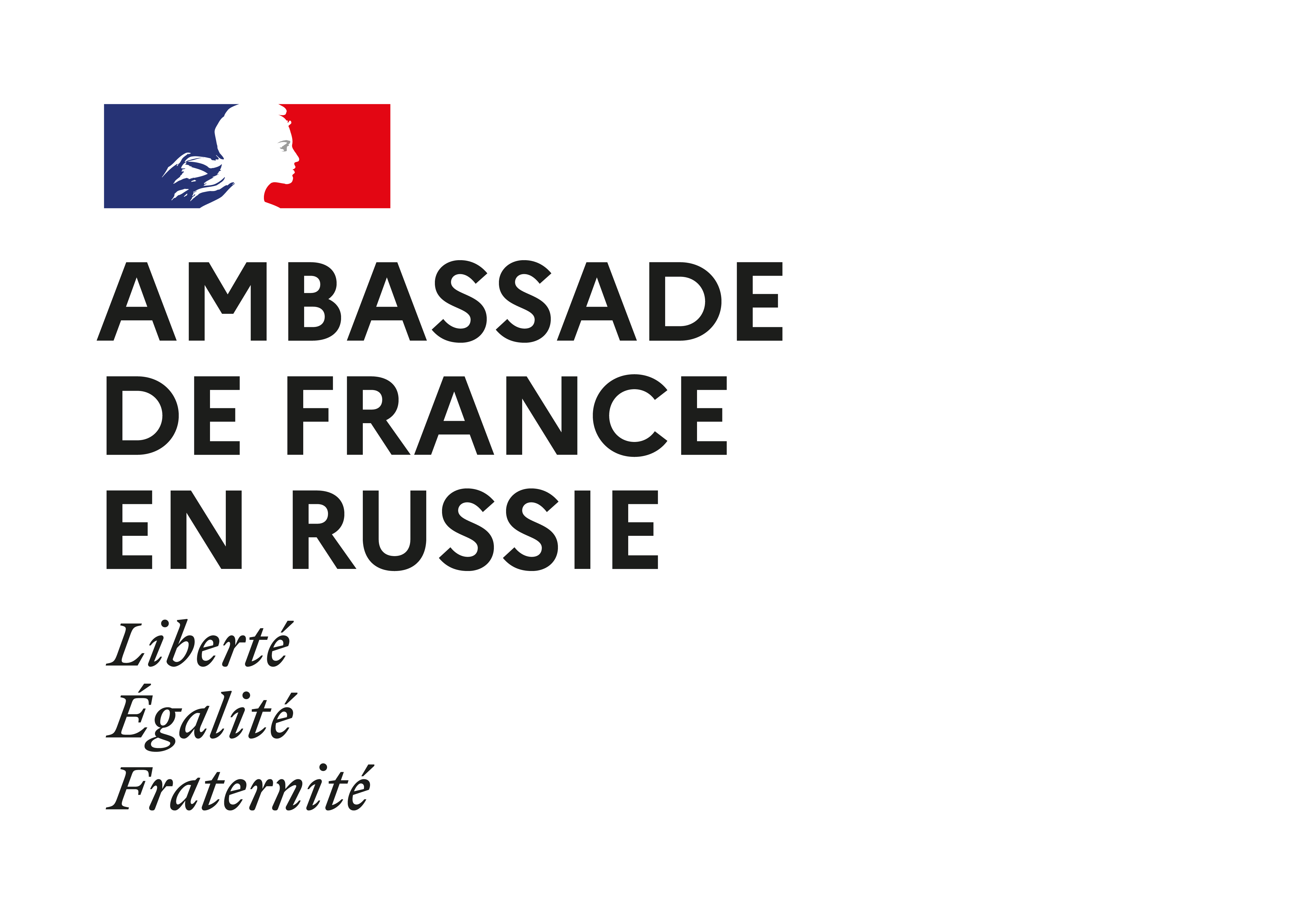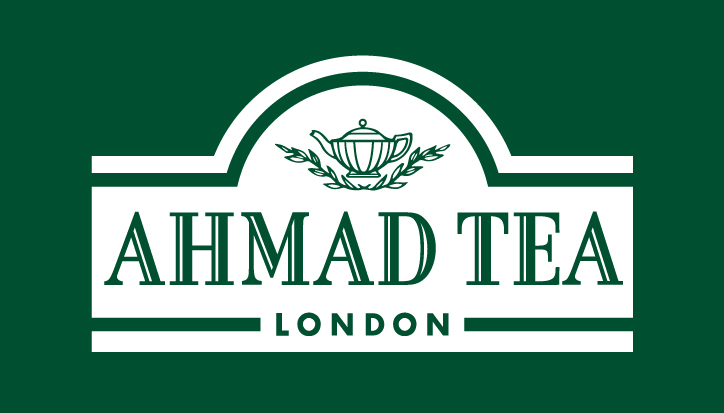Productive Seascapes
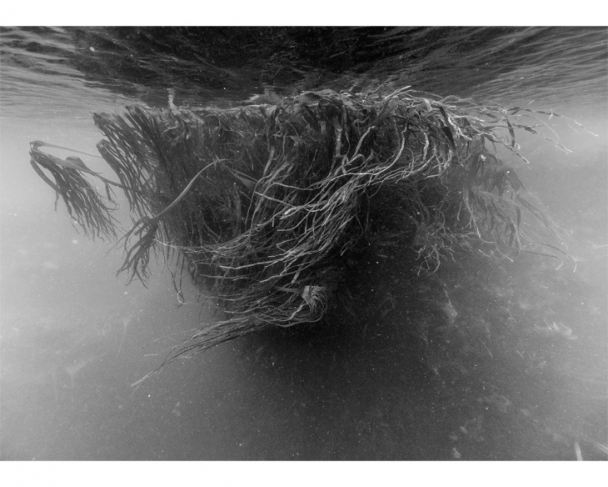
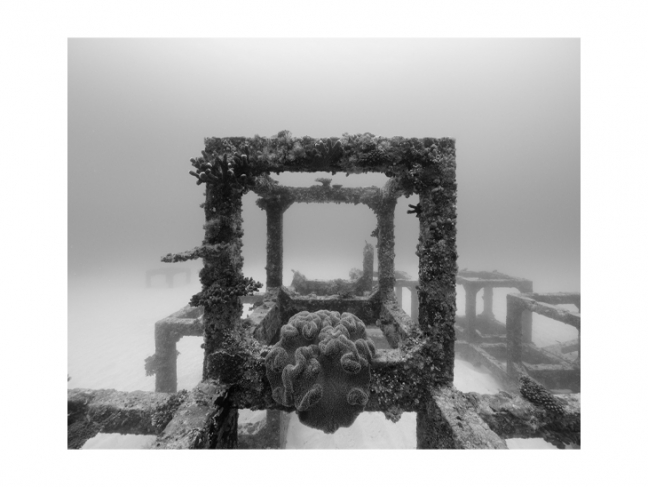
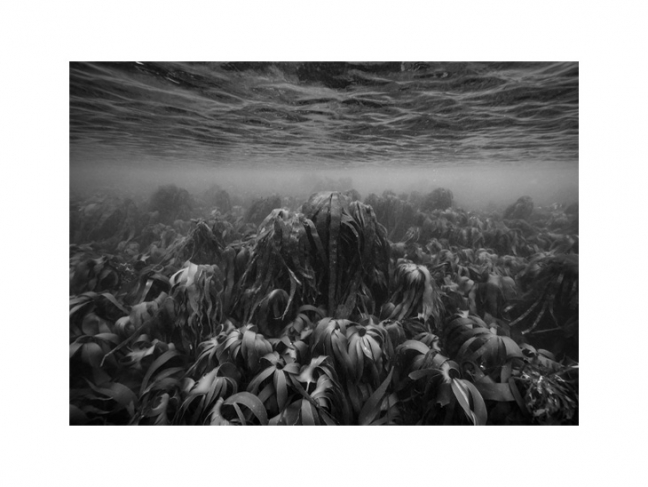
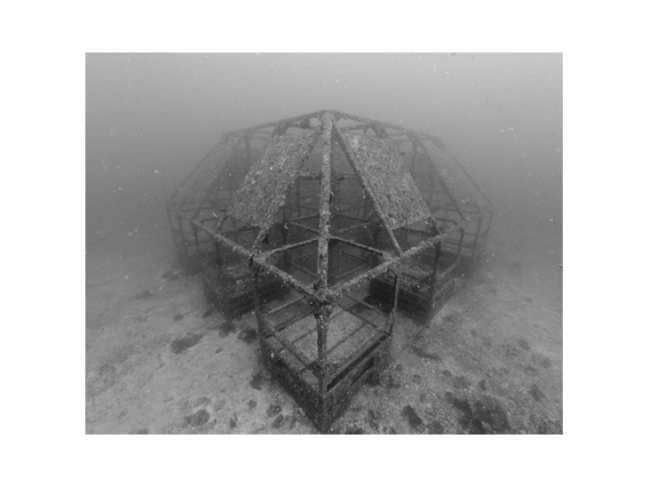
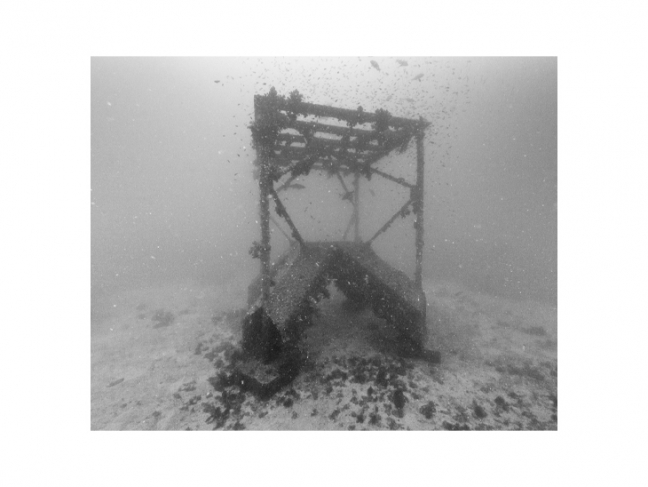
Nicolas Floc’h. ‘Productive Seascapes’. Ushant, -3 m. 2016 © ADAGP Paris 2020
Nicolas Floc’h. ‘Productive Structures, Artificial reef’. Kikaijima, Japan, -18 m. Tara Pacific expedition. 2017 ©️ ADAGP Paris 2020
Nicolas Floc’h. Initium Maris. Laminaria, –6 m. From the ‘Productive Seascapes’ series, Molène island, France, 2019. © ADAGP, Paris, 2020
Nicolas Floc’h. Artificial reef, –19 m. From the ‘Productive Structures’ series, Hatsushima island, Japan, 2013. © ADAGP, Paris, 2020
Nicolas Floc’h. Artificial reef, –19 m, From the ‘Productive Structures’ series, Hatsushima, Japan, 2013. © ADAGP, Paris, 2020
Moscow, 5.09.2020—25.10.2020
exhibition is over
Share with friends
For the press
AS PART OF THE XIII MOSCOW INTERNATIONAL MONTH OF PHOTOGRAPHY «PHOTOBIENNALE – 2020»
PRESENT THE EXHIBITION
Nicolas Floc’h
Productive Seascapes
The project is presented by Galerie Maubert
5 September 2020 — 18 October 2020
With the support of
Ahmad Tea – strategic partner of the Museum
Institut français in Russia
Embassy of France in the Russian Federation
As part of the ‘Photobiennale-2020’ the Multimedia Art Museum, Moscow presents, for the first time in Russia, the ‘Productive Seascapes’ project by Nicolas Floc’h, contemporary French photographer, founder of the Ocean Art Observatory, member of the DEMAIN, L'OCÉAN (TOMORROW’S OCEAN) research group and lecturer at EESAB, the European Higher School of Arts in Brittany.
Since the moment the camera first recorded life underwater, a vast number of sub-ocean footage has appeared, fascinating us with bizarre natural forms and colours. Today underwater photography is a special, constantly evolving genre of photography. The two series by Nicolas Floc’h included in the project ‘Productive Seascapes’ completely violate established canons of the genre, despite the title and topography of the images.
Nicolas Floc’h is an artist, explorer, sailor and diver who examines ocean life in the context of cultural history and world art history. His ‘Productive Structures’ series (2011—2019) focuses on artificial reefs. Few people know that on the seabed there are cities and villages consisting of thousands of buildings erected by humans to support the flora and fauna of the ocean. The largest of them reach 35 metres in height. In Japan alone there are about twenty thousand such ‘cities’. Similar projects exist in most countries with access to the sea. The construction of artificial reefs is an important part of programmes to restore disturbed ecosystems.
Nicolas Floc’h considers artificial reefs, which are in a state of constant development, as a model of a kind of artificial-natural civilisation. Turning to black and white photography, he captures these installations, drawing on the experience of great German photographers and founders of concept photography Bernd and Hilla Becher, who specialised in shots of industrial architecture. While for Bernd and Hilla Becher it was essential to capture the unique light-air environment, Floc’h is concerned with a search for light in the depths of the ocean. Bernd and Hilla Becher reveal majesty in banally functional structures: water towers and silos, coal mines, etc. Like industrial architecture, artificial reefs are the product of engineering. Placed on the bottom of the ocean and included in the natural processes of its life, in Nicolas Floc’h’s photographs they simultaneously appear as fragments of a disappearing civilisation, and as an artificially natural reality that is growing anew.
In the series ‘Productive Seascapes’ (2016—2019), Floc’h reveals the ocean world to the viewer in its prehistoric, eventless grandeur. The search for an adequate visual language forces the artist to reformulate the laws of the landscape genre developed for land photography. ‘The underwater environment must be treated in a special way, guided by completely different criteria when determining the contours from those used on the surface. We are not moving across a plane, however uneven it may be, we move in the strata of water, that is, in the space that extends from the surface to the bottom. The result is a fundamental change in the concept of a point of view,’ writes the photographer. ‘I decided to shoot the underwater landscape in natural light, and at a wide angle. The panoramic image eliminates the feeling of any kind of presence. Black and white photography allows you to work with illusions generated by the water environment itself, the density of the image and the effect of turbidity, which in the underwater world performs the same function as the horizon line above ground.’
Rejecting the use of colour when shooting underwater landscapes, Floc’h ‘etches’ the usual exotica, building a distance between the observer and the image. When we stop recognising, the process of knowing begins.
Works by Nicolas Floc’h have been shown in exhibitions at the Centre Georges Pompidou (France), the Palais de Tokyo (France), the National Museum of Modern and Contemporary Art in Seoul (South Korea), the Fondation Cartier (France), the Frankfurter Kunstverein (Germany), etc.

